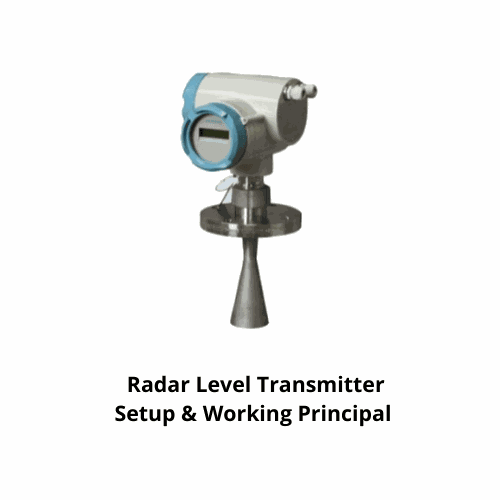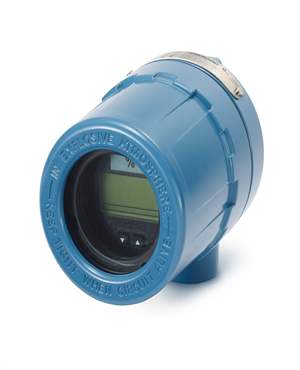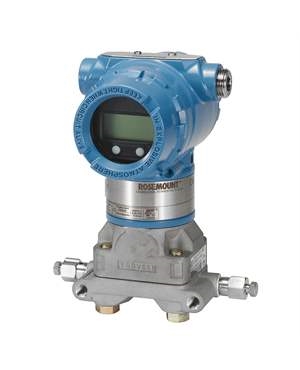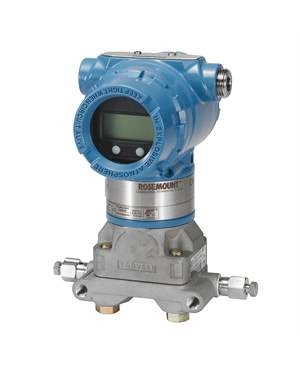Radar Level Transmitters: Setup and Working Principle
Brian Craig
May 28, 2020
Radar level transmitters electronic devices that are used for fluid level measurement. As the name suggests, these level transmitters use radar technology for fluid level detection. These transmitters function on the basis of electromagnetic waves at a range of 10GHz under microwave X-band bandwidth. Due to non-contact level measurement, these level transmitters have found their place in industries like mining, boiler technologies, paper and pulp industries, etc. How do these transmitters work? Why they have gained prominence in various industries? This is a two-part blog answer everything that you would like to know about these transmitters.

Radar Level Transmitter Setup
Instead of directly jumping to the working principle of radar level transmitters, it is important to understand the set up first. Let us discuss the components and assembly setup of a radar level transmitter.
The setup of radar lever transmitters is not complex rather easy to understand. It only features three fundamental components, which are as discussed below.
Solid-state Oscillator:
A solid-state oscillator functions as an electromagnetic signal transmitter. The solid-state oscillator sends out electromagnetic waves in the direction of fluid surface in order to measure the depth or level of fluid without any physical contact.
A radar Antenna:
The radar antenna in this system works as a transducer between the empty space in the fluid container and the electromagnetic signal sources or receivers. The antenna receives the process signals and transfers them to the receiver.
Receiver and Signal Processor System:
The receiver is a hardware microprocessor that converts the received signal into a reading. The signal processor performs the computer data conversion to digital readings.
Along with these three fundamental setup components of the radar level transmitters, the setup wizard is offered with advanced systems. This setup wizard support acts as a software interface to the transmitter operation. It makes the remote operation possible.
The working of radar level transmitters is based on these three setup components.
Working Principle of Radar Level Transmitters
The working principle of radar fluid lever transmitters is a function of Time Domain Reflectometry (TDR). It is also known as the Time of Flight (TOF) radar measuring principle. However, the step-by-step description of the radar level detector’s working principle is as follows.
- Since these transmitters are used as level sensors itself, it can be said that the electromagnetic signals are sent from the sensor. The solid-state oscillator that is installed in radar level sensor setup oscillates electromagnetic waves to the fluid surface. The distance can be measured considering oscillator as a reference point and fluid surface as the destination.
- Once electromagnetic waves hit a fluid surface, the surface itself reflects a pulsating signal to the radar antenna. The antenna transmits the signal to the receiver. As the receiver collects the signal returning pulse reflection, the time taken for reflection is calculated.
- The time to level calculation is performed by the signal processor. Once the signal processor translates reflection time into distance traveled that is considered as the depth of the fluid according to Time Domain Reflectometry.
This is the overall working principle of radar level detector sensors but the factors like Dielectric Constant (DC) of the fluid impact on the working efficiency of the sensor. The pulse reflection is highly impacted by dialectic constant as high DC pulsates strong reflections where low DC fluid absorbs most signals.
Factors Affecting Accuracy:
While radar level transmitters are highly accurate, several factors influence their performance:
- Dielectric Constant (DC): Fluids with high DC produce strong signal reflections, while low DC media absorb more energy, weakening the return signal.
- Surface Turbulence: Excessive agitation or foam can scatter the radar waves.
- Obstructions or Vessels Geometry: Internal fittings or narrow tanks can lead to signal deflections, which may require tuning or use of guided wave radar level sensors.
Modern radar devices like the VEGA radar level transmitter are equipped to handle such complexities with adaptive signal processing and advanced diagnostics.
Benefits of Using Radar Level Sensors:
- Non-contact measurement eliminates wear and tear.
- High accuracy and repeatability.
- Suitable for extreme temperatures and pressures.
- Resistant to steam, dust, and vapors.
- Flexible options including guided wave radar, open-air radar, and VEGA radar level transmitters for specific needs.
Radar level transmitters, including guided wave radar level sensors, offer a powerful solution for non-contact and highly accurate level measurement. With models tailored for every environment—from basic tanks to aggressive chemical applications—radar technology remains a cornerstone in modern industrial instrumentation.
For reliable, industry-standard instrumentation including VEGA radar level transmitters and other top brands, explore our inventory at The Transmitter Shop (TTS)—where precision meets performance.
Frequently Asked Questions (FAQ):
What is a radar level sensor?
A radar level sensor is a device that uses microwave radar signals to determine the distance to a fluid or solid surface inside a container or tank, helping calculate its level.
How does a radar sensor work?
It works by transmitting microwave signals toward the measured surface and receiving the reflected signals. The time taken for the signals to travel to the surface and back is used to compute the level.
How accurate is the radar level transmitter?
Most radar level transmitters provide millimeter-level accuracy. Advanced models like the guided wave radar level transmitter or VEGA radar level transmitter offer even better precision under complex conditions.
How accurate is radar when the cop is moving?
This question relates to radar speed guns used by law enforcement, not industrial level sensors. Moving radar guns adjust readings using Doppler shift but may require calibration to ensure accuracy.
How often do cops have to calibrate the radar gun?
Radar guns used by police departments are typically calibrated every 6–12 months, depending on state regulations and usage, to ensure legal accuracy. Industrial radar level sensors also require periodic validation but not as frequently.
Related Posts
- What are the Advantages of Different Types of Level Measurement Transmitters?
- Types of Level Measurement Transmitters & How Do They Work?
- How to Choose Between a Level Transmitter and Level Switch?
- Radar Level Transmitters: Setup and Working Principle
- Radar Level Transmitters: Types & Industrial Applications
- Radar Level Transmitter Vs Ultrasonic Level Transmitter – Know the Real Difference
- Know How Guided Wave Radar Level Transmitters Work
- How to Measure Pressure, Flow, and Level Accurately in Instrumentation Lines?
- Level Monitoring Solutions for Molten Metal Applications
- Steam Boiler Drum Level Measurement A Comparison of Control System Technologies
- Complete Hydrogen Gas Safety and Measurement Solutions
- Steam Boiler Drum Level Measurement A Comparison of Control System Technologies
- Furnace Flame Sensor Faults Everything You Need to Know for Safe Operation
- Comparison between Multi Valve Manifolds Block Valves and Bleed Valves
- Pneumatic Pressure Controllers: A Safe Choice for Hazardous Areas
- Furnace Flame Sensor Faults Everything You Need to Know for Safe Operation
- Pneumatic Pressure Controllers: A Safe Choice for Hazardous Areas
- How Can Greenhouse Gas Emissions Be Reduced?
- A Practical Guide to Vacuum Measurement and Operation
- Understanding Electrochemical Detection: Principles, Techniques and Environmental Application
QUICK ENQUIRY







